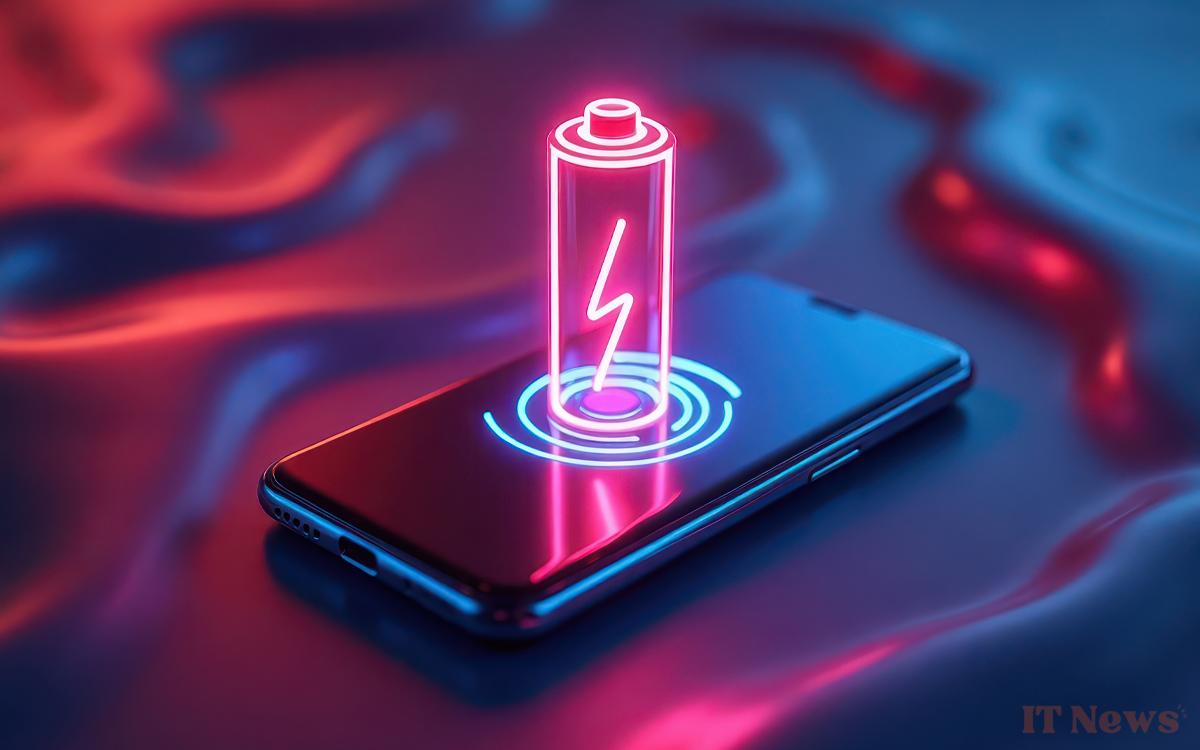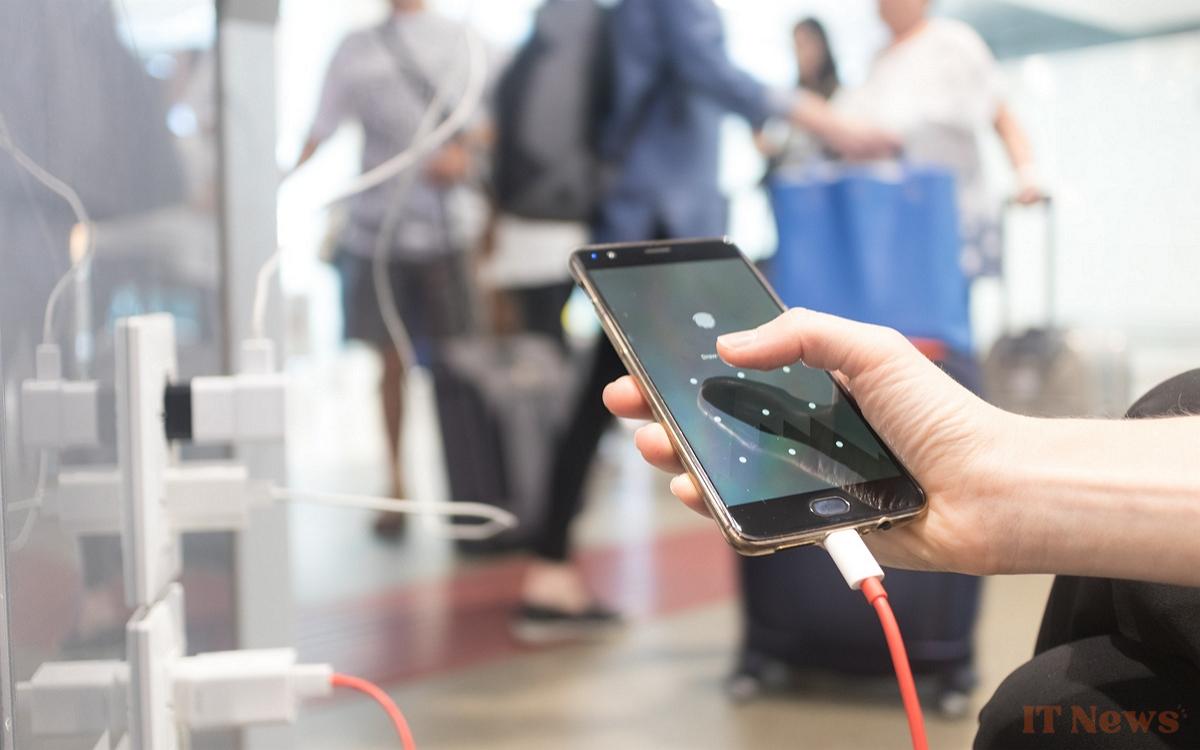Who doesn't want to keep their smartphone for as long as possible, especially if you've found that rare gem, the device that's perfect for you in terms of power, ergonomics, shooting, etc.? Here's how to extend the life of your precious phone, including preserving its battery as much as possible.
While smartphone manufacturers are now announcing software updates that can last up to 7 years, or very soon 8 years, a major problem remains: the durability of the phone's hardware. In 7 years, hardware requirements can evolve, the device can be damaged, or the battery can seriously run out of steam.
It's this last point that we're going to focus on here. Because one of the best ways to keep your phone for several years is to preserve its battery, an essential element of the device. Of course, even if Google tries to improve the battery life of smartphones with an Android update, it's not always effective in the long term. By adopting the right reflexes and following these few tips, you should therefore significantly extend the life of your phone.
1. Never wait for the charge to reach 0%
Currently, almost all smartphone batteries are made using Lithium-ion. While this technology offers many advantages (fast charging, manufacturing costs, better management of discharge at rest, etc.), it does have some drawbacks. One of the most obvious concerns the charge level: if it drops to 0%, material accumulates on the electrodes, blocking the battery ions. It is therefore strongly recommended to never let your smartphone completely discharge.
The good news is that most phones now benefit from a feature that prevents them from actually dropping to 0% charge. In reality, there is always some power left despite what the battery indicator displays. However, despite this technology, if the smartphone is not powered for a certain period of time, its charge will truly drop to 0%. And that's when its battery is most likely to deteriorate.
2. Avoid overcharging the battery
Another tip is not to constantly charge your smartphone to 100%. Here again, you could damage the battery cells. Note, however, that some manufacturers voluntarily limit the charging capabilities of their devices and prevent them from reaching 100%.
Despite everything, the ideal is to maintain a charge level between 20 and 80%. Why these values? Because the device's battery can wear out too quickly when the voltage is too high or too low. Even if it's not always easy, especially if you move around a lot, don't hesitate to charge your smartphone several times a day. Charging your smartphone twice as frequently triples the battery's lifespan.
3. Protect your smartphone from excessive temperature variations
Whether it's too high or too low, temperature can play a major role in battery wear. Remember that charging a smartphone is the result of a chemical reaction. When it's too cold, resistance increases while voltage decreases. As a result, the smartphone may even turn off, considering the battery to be completely discharged (when it isn't).
And when it's too hot? Same story. Leaving your device in direct sunlight for several dozen minutes is very bad, as the battery can overheat, wear out prematurely... or even explode! Therefore, avoid at all costs exposing the device to temperatures above 60° for a long period.
4. Limit certain applications and their notifications
Most smartphone manufacturers offer a battery saver option. On Google Pixels, for example, you'll find this feature by going to Settings > Battery > Battery Saver. Simply click on the Use Battery Saver option (not enabled by default) and you're done. Concretely, what actions does this feature take? It allows you to limit visual effects and the use of background applications, and it activates the dark theme. Also on Google smartphones, there is an even more advanced mode called Ultra Battery Saver. Its tasks are the same as for the mode mentioned previously, except that it suspends all non-essential applications, as well as their notifications.






0 Comments